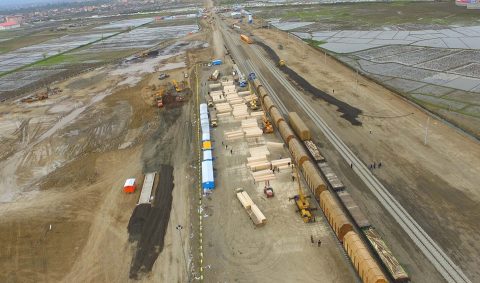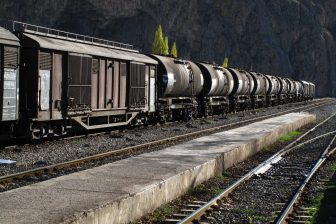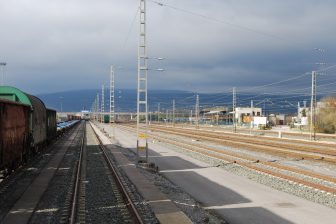
Azerbaijan rail link to benefit North-South Eurasian corridor
Following the trilateral ceasefire agreement between Russia, Armenia and Azerbaijan that ended the Nagorno-Karabakh war, Azerbaijan plans to revive a forgotten Caucasian rail link. Specifically, Azerbaijan wants to reopen a railway line connecting it with Nakhchivan, the country’s western exclave on the border with Iran. This development will not only be beneficial for Azerbaijan and connections of its afar territories, but also for Iran and Russia, which see an opportunity for better connectivity on the North-South corridor.
Do you want to read the full article?
Thank you for visiting RailFreight.com. Become a member of RailFreight Premium and get full access to all our premium content.
Are you already a member?
Having problems logging in? Call +31(0)10 280 1000 or send an email to customerdesk@promedia.nl.




